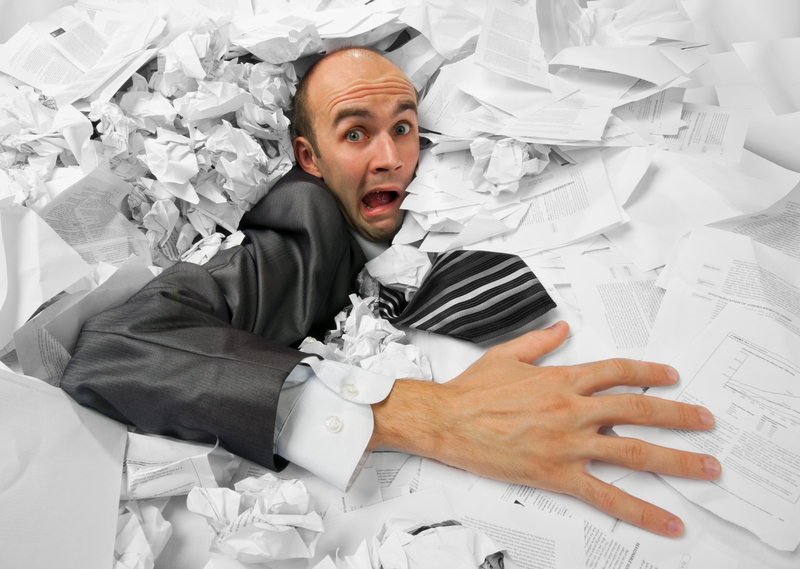Understanding the Crisis: Microplastic Pollution
Microplastic pollution has become a major environmental challenge in the 21st century. These tiny plastic particles, usually less than 5 millimeters in diameter, are found in oceans, rivers, and even in the air we breathe. This article explores whether we can halt the rise of microplastic pollution, a pressing question in today's eco-conscious society.

What Are Microplastics?
Microplastics are divided into two categories: primary microplastics and secondary microplastics. Primary microplastics are designed for commercial use, such as cosmetics or industrial abrasives, and are also a result of the direct release of small plastic particles or fibers. Secondary microplastics are tiny particles that result from the breakdown of larger plastic debris.
- Primary Microplastics: These include items like microbeads found in facial scrubs or toothpaste.
- Secondary Microplastics: These are fragments from plastic bags, bottles, and fishing nets, degraded over time through environmental exposure.
Why Is Microplastic Pollution a Problem?
Microplastic pollution is a problem due to its pervasive nature and potential harmful effects:
- Environmental Impact: Microplastics have been detected in all corners of the globe, from the peaks of the Himalayas to deep ocean floors. They contribute to the deterioration of ecosystems and vulnerably affect wildlife.
- Human Health Concerns: Research shows that microplastics can enter the human body through various means such as water, food, and air, leading to unknown long-term health consequences.
- Economic Consequences: The cost of managing plastic waste on coastal cleanups, tourism, and fisheries is staggering, stressing economies worldwide.
Sources of Microplastic Pollution
Microplastic pollution originates from various sources:
- Textiles: Synthetic fibers from clothing are shed during washing.
- Vehicle Tires: Wear and tear of tire tread releases microplastics into the atmosphere and waterways.
- Personal Care Products: Microbeads in exfoliants and toothpastes.
- Plastic Debris: Improperly managed plastic waste breaks down into secondary microplastics.
Steps to Mitigate Microplastic Pollution
Global Policy Initiatives
Governments around the world are becoming increasingly aware of the microplastic crisis. Initiatives like the European Union's ban on microbeads in personal care products aim to limit the entry of these particles into aquatic environments. Such regulations are vital to devise a structured approach toward mitigating microplastic pollution.
Innovative Solutions
Innovative technologies and methods are emerging as potential solutions:
- Biodegradable Plastics: Research in developing plastics that can easily degrade in marine environments is promising, although not without its challenges.
- Advanced Filtration Systems: Upgrading wastewater treatment plants with filters that trap microplastics can significantly reduce pollution.
- Recycling Programs: Improving plastic recycling rates and introducing circular economy models can reduce plastic waste.
Individual Actions
Individuals have significant power to help halt microplastic pollution. Here are some ways:
- Reduce Plastic Use: Opt for reusable items over single-use plastics.
- Recycle Properly: Follow local recycling guidelines to ensure plastics are processed correctly.
- Advocate for Change: Support policy changes and initiatives that focus on reducing plastic usage.

Challenges in Addressing Microplastic Pollution
Despite ongoing efforts, several challenges remain:
- Complexity of Sources: The diversity of microplastic sources makes it difficult to address the issue comprehensively.
- Lack of Global Enforcement: While some nations have strict regulations, others lag behind, allowing pollution to persist.
- Unclear Long-Term Effects: Research is still developing, leaving many unknowns about the full impact of microplastics.
Conclusion: Can We Halt Microplastic Pollution?
Halting the rise of microplastic pollution is indeed a formidable challenge. However, with concerted global efforts, legislative action, innovations, and adaptable public behavior, significant progress can be achieved. It requires a collective responsibility, spanning governments, industries, and individuals alike.
The journey towards cleaner oceans and healthier ecosystems is ongoing. Through awareness and action, we can push the boundaries and work towards a future where microplastic pollution is significantly curtailed, ensuring the health of our planet for generations to come.